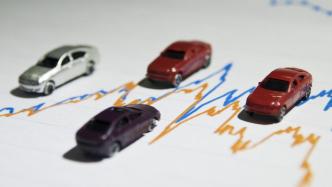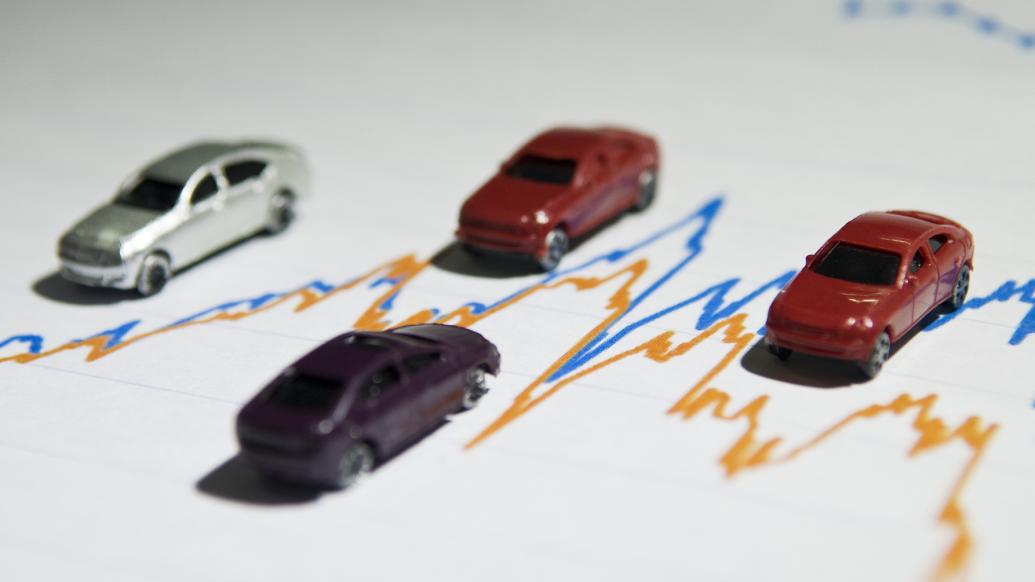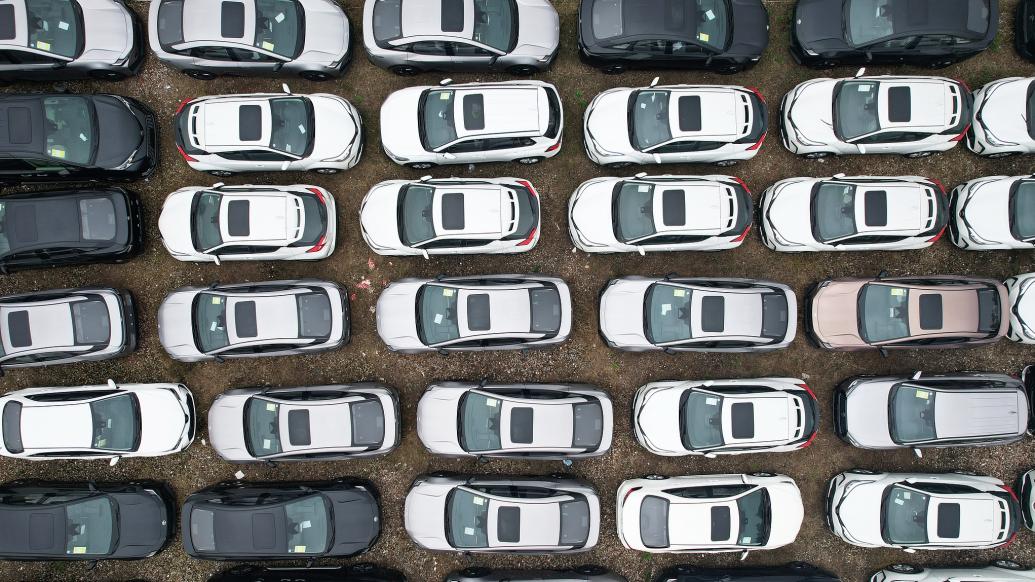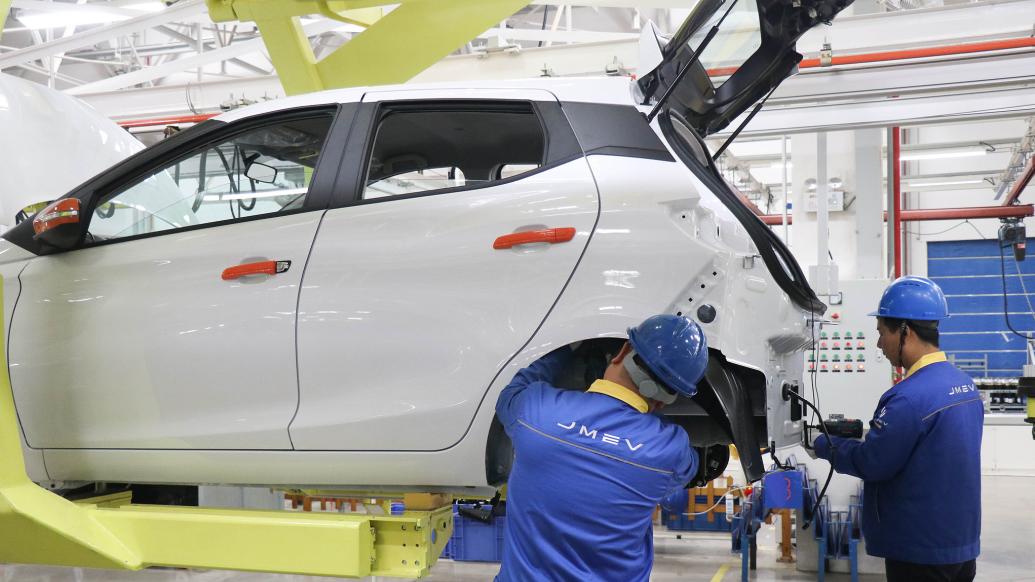
Recently, the China Passenger Car Association announced the production and sales situation of the automobile market in April.
According to the data, the national passenger car market sold 1.532 million vehicles in April, down 5.7% year-on-year and 9.4% month-on-month. The cumulative sales so far this year have reached 6.364 million vehicles, up 8.0% year-on-year.
The month-on-month decline in April is a cyclical pattern. In previous years, sales in April were generally lower than in March. However, the year-on-year decline was due to factors such as unstable prices, which led to a strong wait-and-see attitude among consumers.

The China Passenger Car Association analyzed that the price war for new energy vehicles has brought some growth, but it is not sustainable and there is serious internal differentiation. Most conventional fuel vehicles have no room for continuous price cuts under the continuous price war, so the market has been eroded by new energy vehicles at an accelerated rate, causing some users to wait and see, further suppressing the room for sales growth.
In terms of the brand, domestic brands sold 880,000 vehicles in April, up 11% year-on-year and down 5% month-on-month. The domestic retail share of domestic brands in that month was 57.4%, up 9 percentage points year-on-year.
In April, mainstream joint venture brands sold 450,000 vehicles, down 26% year-on-year and 9% month-on-month. In April, the retail share of German brands was 19%, down 2.2 percentage points year-on-year, and the retail share of Japanese brands was 15.2%, down 3.6 percentage points year-on-year. The market share of American brands reached 5.9%, down 2.6 percentage points year-on-year.
Luxury car sales in April were 200,000 units, down 12% year-on-year and 24% month-on-month. The luxury brand retail share in April was 13.2%, down 0.9 percentage points year-on-year, and the demand for traditional luxury cars was not strong.
In terms of power type, new energy vehicles are still growing strongly. In April, the domestic retail penetration rate of new energy vehicles was 43.7%, an increase of 11.7 percentage points from 32% in the same period last year.
In April, the penetration rate of new energy vehicles among domestic brands was 66.8%; the penetration rate of new energy vehicles among luxury cars was 22.6%; and the penetration rate of new energy vehicles among mainstream joint venture brands was only 7.5%. In terms of monthly domestic retail share, in April, the retail share of new energy vehicles of mainstream domestic brands was 64%, an increase of 2.0 percentage points year-on-year; the share of new energy vehicles of joint venture brands was 4.3%, a decrease of 0.8 percentage points year-on-year; the share of new forces was 11.8%, an increase of 0.5 percentage points year-on-year; and the share of Tesla was 4%, a decrease of 2.6 percentage points year-on-year.
Specifically, from the perspective of manufacturer retail sales, the top ten automakers in April were BYD, FAW-Volkswagen, Geely Automobile, Changan Automobile, Chery Automobile, SAIC Volkswagen, GAC Toyota, Dongfeng Nissan, FAW Toyota and BMW Brilliance. Except for BYD, Geely and Chery, the sales of other manufacturers in the top ten all declined year-on-year.
BYD is still the top-selling passenger car brand in China, with sales of 254,000 units in April, up 31.1% year-on-year. It is worth noting that Chery, ranked fifth, had the highest growth in April, up 59.8% year-on-year, with sales of 79,000 units.
It is worth noting that if we look at wholesale sales, Chery's sales reached 175,000 units, almost twice the retail sales, because wholesale sales include overseas sales. In April this year, Chery Group exported 89,377 units, an increase of 18.3% year-on-year, accounting for nearly half of the total sales, which can be said to be one of the typical representatives of Chinese auto companies going overseas.
Geely and Changan ranked third and fourth with sales of 116,000 and 83,000 vehicles respectively, but Changan's sales in the same month fell 17.9% year-on-year.
The top ten joint venture brands are divided equally between Japanese and German brands. FAW-Volkswagen and SAIC Volkswagen ranked second and sixth respectively, with FAW-Volkswagen's sales falling 15.6% year-on-year to 119,000 units, and SAIC Volkswagen's sales falling 21.7% year-on-year to 78,000 units. BMW Brilliance barely made it into the top 10, with sales of 49,000 units, down 7.9% year-on-year.
Among Japanese brands, GAC Toyota, Dongfeng Nissan and FAW Toyota ranked 7th, 8th and 9th respectively. Among them, both Toyota North and Toyota South saw a year-on-year decline of more than 30%.
Recently, the Ministry of Commerce, the Ministry of Finance and other seven departments jointly issued the "Implementation Rules for the Subsidy for Auto Trade-in", which clarified the subsidy policy for auto trade-in. The implementation of the trade-in policy is a major boon to the auto market, and the China Passenger Car Association expects that the auto market retail sales in May will be better than in April.


